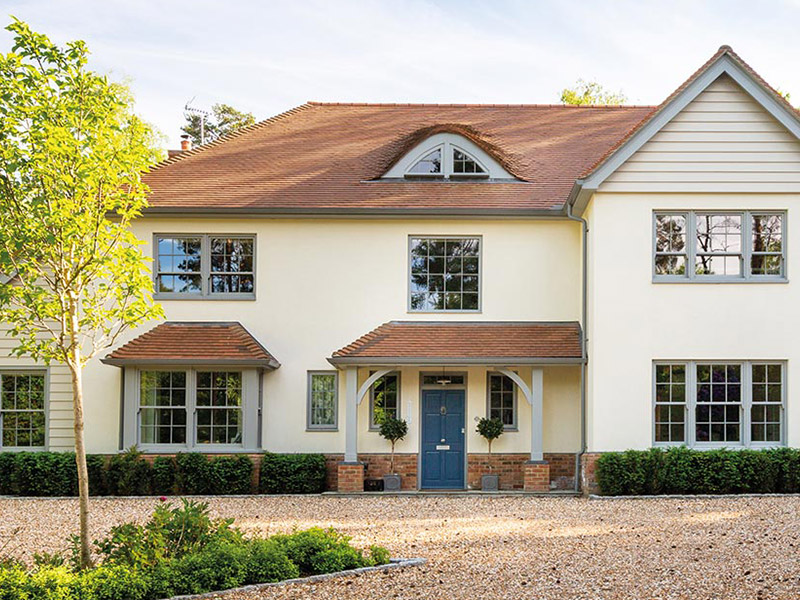Window installation is a crucial aspect of home improvement and construction that significantly affects energy efficiency, aesthetics, and overall property value. This report aims to provide a detailed overview of the window installation process, including types of windows, preparation steps, installation techniques, and post-installation considerations.
Types of Windows
Before diving into the installation process, it's essential to understand the various types of windows available. The most common types include:
- Double-Hung Windows: These windows have two operable sashes that slide up and down. They are popular for their classic design and ease of cleaning.
- Casement Windows: Hinged on one side, these windows open outward, providing excellent ventilation and unobstructed views.
- Sliding Windows: These windows have one or more sashes that slide horizontally. They are ideal for spaces where you want to maximize the view and natural light.
- Bay and Bow Windows: These are combinations of several windows that project outward from the home, creating additional space and a unique architectural feature.
- Picture Windows: Fixed windows that do not open, designed to frame a beautiful outdoor view while allowing maximum light into the home.
- Awning Windows: Hinged at the top, these windows open outward from the bottom, allowing for ventilation even during rainy weather.
Preparation Steps
Proper preparation is vital for a successful window installation. Here are the key steps involved:
- Measurement: Accurate measurements are critical. Measure the width and height of the window opening at three points (top, middle, and bottom) to ensure the new window fits correctly.
- Choosing the Right Window: Select windows that suit your climate, style preferences, and energy efficiency needs. Look for windows with a good Energy Star rating to reduce heating and cooling costs.
- Gathering Tools and Materials: Common tools needed for window installation include a tape measure, level, hammer, pry bar, utility knife, screwdrivers, and caulk. Materials may include insulation, flashing tape, and trim.
- Removing Old Windows: If replacing existing windows, carefully remove the old window without damaging the surrounding frame. This may involve removing trim, cutting caulk, and prying the window out.
Installation Techniques
Once preparation is complete, the installation process can begin. Here’s a step-by-step guide:
- Inspect the Opening: Before installing the new window, check the window opening for any damage or rot. Repair or replace any compromised areas.
- Install the Sill: If your window requires a sill, install it first. It should be level and securely fastened to the frame.
- Position the Window: Place the new window into the opening. Ensure it is centered and level. Use shims to adjust the position as necessary.
- Secure the Window: Once the window is positioned correctly, secure it by fastening screws or nails through the window frame into the surrounding wall.
- Insulate: Fill any gaps between the window frame and the wall with insulation foam or fiberglass. This step is crucial for energy efficiency.
- Apply Flashing: https://innovation4growth.co.uk/how-hiring-an-apprentice-on-a-uk-government-scheme-benefited-ideal-glass-a-case-study/ Use flashing tape to seal the edges of the window, preventing water infiltration. Start from the bottom and work your way up, overlapping each layer.
- Install Trim: After the window is secured and sealed, install interior and exterior trim to complete the look. Ensure the trim is caulked to prevent drafts and water leaks.
- Finish the Interior: If necessary, paint or stain the trim to match your interior decor. Clean any debris from the installation process.
Post-Installation Considerations
After installation, there are a few important considerations to ensure the longevity and performance of your new windows:
- Check for Air Leaks: Once the installation is complete, check for any air leaks around the window. This can be done by feeling for drafts or using a smoke test.
- Regular Maintenance: To keep windows in good condition, perform regular maintenance. This includes cleaning the glass, checking seals, and inspecting for any signs of wear or damage.
- Monitor Energy Efficiency: After installation, monitor your energy bills to see if there is a noticeable improvement in heating and cooling costs. If issues persist, consider consulting a professional.
- Warranty and Insurance: Ensure that you understand the warranty associated with your new windows. Keep all documentation in a safe place. Additionally, check if your homeowner's insurance covers window replacement.
Conclusion
Window installation is a significant investment that can enhance the comfort, aesthetics, and energy efficiency of your home. By understanding the types of windows available, preparing adequately, and following proper installation techniques, homeowners can achieve a successful window replacement or installation project. Regular maintenance and monitoring can further ensure that your windows continue to perform optimally for years to come. Whether tackling a DIY project or hiring a professional, the right approach to window installation will yield lasting benefits for your home.




